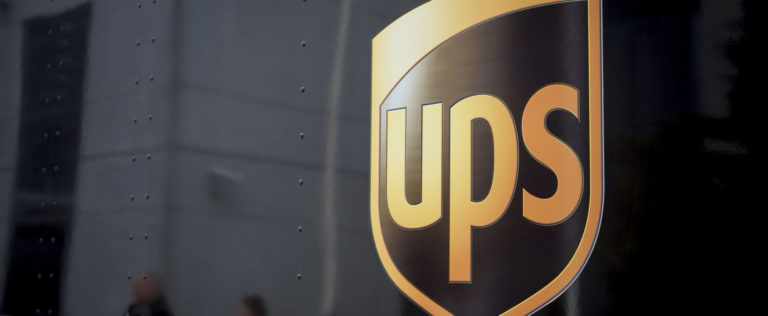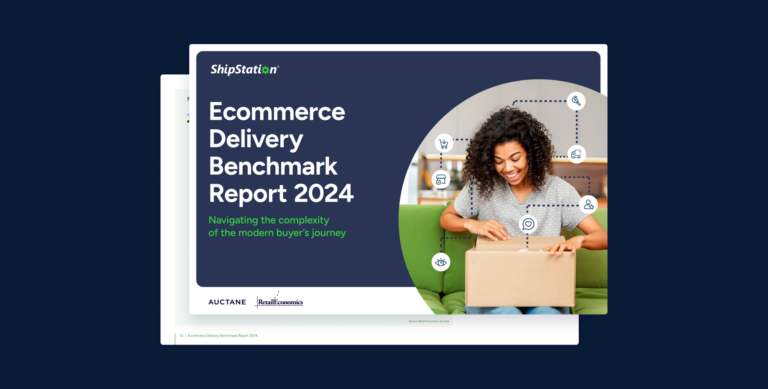The Impact of the UPS 2019 General Rate Increase

In October and November, we shared the 2019 rate increases for FedEx. We also shared the intra-year rate changes for both FedEx and UPS. We now have the 2019 General Rate Increase (GRI) rate changes for UPS.
As always, there are parts of a GRI that hold true for the 2019 UPS rate increase:
- Rate increases are always announced as a year-over-year percentage increase. For 2019, UPS has announced an average net 4.9% increase for UPS® Ground, UPS Air and International services. Note: This 4.9% is an average across zones, weights and services.
- Surcharges will almost always increase at a rate greater than package transportation. In this case, some surcharges increased by close to 20% in 2019.
It is important to note that the 2019 UPS rate increase actually goes into effect in on December 26th, 2018. The following changes will take place then:
- Surcharge fees falling under the fuel surcharges will include, but not be limited to, the following: Additional Handling, Over Maximum Limits, Signature, and Adult Signature Required (rate of fuel surcharge will be announced in a few weeks)
- A processing fee will be charged when Package Level Detail (PLD) is not provided to UPS prior to delivery.
Some other changes to note:
UPS SurePost service is increasing by over 10% in some cases:
- The minimum net charge for UPS SurePost shipments greater than 1 lb. is increasing from $7.74 to $8.52, a 10% increase.
- The minimum net charge for UPS SurePost shipments less than 1 lb. is increasing from $7.70 to $8.46, nearly a 10% increase.
The biggest increase we are seeing is for surcharges on handling packages with unusually large dimensions. Examples include:
- The Over Maximum Limits threshold increasing from $650 to $850.
- Large package surcharges will increase by nearly 28% for residential shipments and nearly 19% for commercial delivery addresses.
- Additional handling surcharges will increase by nearly 19%, depending on the type of additional handling incurred (length, width or based on packaging).
- Lastly, the third party billing fee, a fee that typically affects drop shippers and fulfillment companies, is increasing from a 2.5% fee to 4.5% an 80% increase year-over-year.
What Does It All Mean?
A strong relationship with your parcel carrier is critical to managing costs and increasing shipping efficiency. Working with your carrier representative to pinpoint services that can help save money and be the right fit for your ecommerce operations is essential here. Additionally, tools that add visibility to the shipment process are critically important in balancing cost management with transit time efficiency. The ability to answer these questions will be the key to managing your shipping in 2019.



